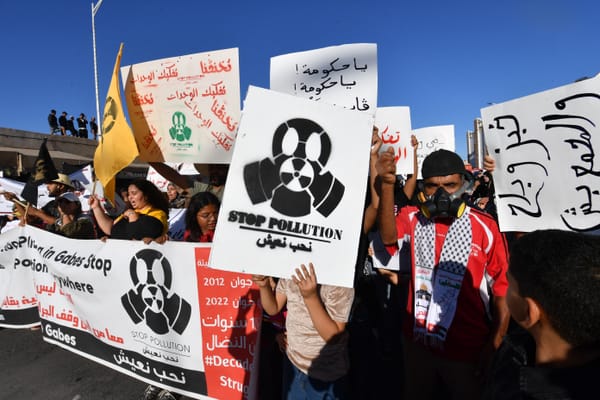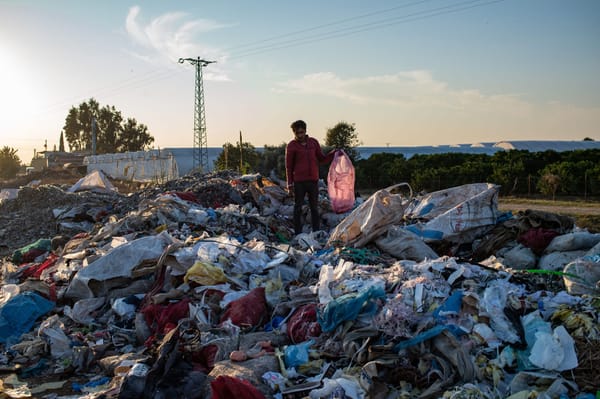Yemen's Imposed Federal Boundaries
With the war in Yemen well past its hundredth day, confusion persists as to the underlying causes of the conflict. Far from a sectarian proxy war [http://www.merip.org/mer/mer273/breakdown-gcc-initiative] between Shafi‘is under the patronage of Saudi Arabia and Zaydis backed by Iran, as the mainstre








